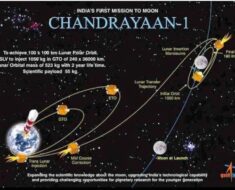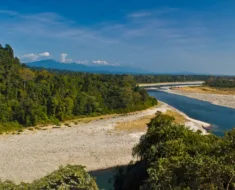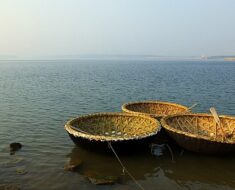Chandrayaan-2, one of the most ambitious lunar missions of India designed by the Indian Space Research Organization (ISRO) was launched on July 22, 2019.
It is a follow-up mission from the Chandrayaan-1 mission that assisted in confirming the presence of water/hydroxyl on the moon in 2009.
Chandrayaan-2 was launched from the Satish Dhawan Space Center in Sriharikota, India on 22 July 2019 at 09:13:12 UTC by the Geosynchronous Satellite Launch Vehicle (GSLV) rocket GSLV Mark III-M1.
Here is a list of some incredible facts about the Indian Space Research Organization mission Chandrayaan-2
Fact #1
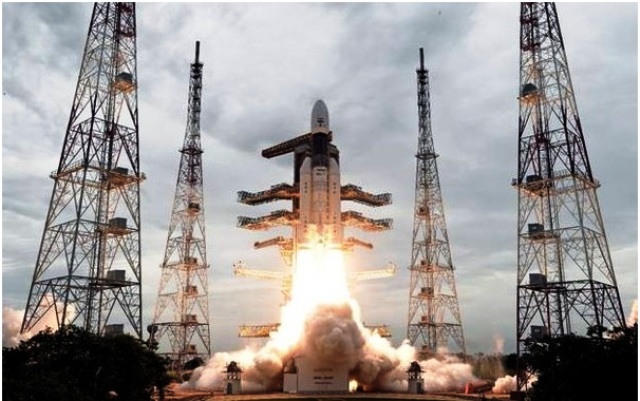
Chandrayaan-2 is the second lunar mission of India and the first attempt to conduct a soft landing on the Moon’s South Polar Region.
No other country has ever gone to the Moon’s south polar region before.
Its primary objective is to demonstrate the ability to soft-land on the surface of the moon and operate a robotic rover on its surface.
It is considered as a challenging mission as the South Polar Region of the Moon is totally unexplored by any space agency before.
Read More: Top 8 Amazing Facts about India’s Mission Chandrayaan-1
Fact #2
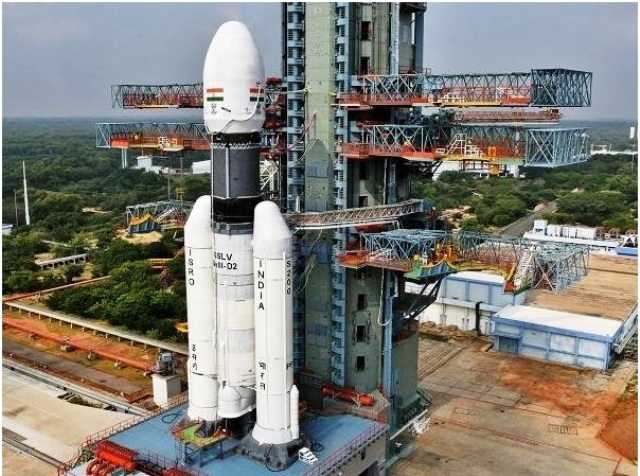
ISRO and the Russian Federal Space Agency (Roscosmos) signed an agreement on 12 Nov 2007 on the Chandrayaan-2 project. As per the agreement ISRO has the prime responsibility to make the orbiter and rover, while Roscosmos was to provide the lander.
ISRO finalized the payload for Chandrayaan-2 per schedule but the mission had to be postponed in January 2013 and rescheduled to 2016, as Russia was unable to develop the lander on time. Later, Russia withdrew from the mission in wake of the failure of the Fobos-Grant mission to Mars.
NASA and the European Space Agency were interested in participating, but ISRO decided to develop the lunar mission independently.
Fact #3
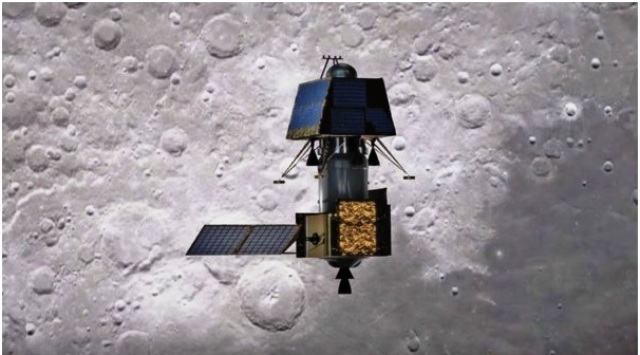
The Chandrayaan-2 launch was scheduled for March 2018, but was first delayed to April and then to October to conduct further tests on the vehicle.
On 19 June 2018, a number of changes in the configuration and landing sequence were planned and the launch was again pushed to the first half of 2019.
Initially, the Chandrayaan-2 launch was scheduled for 14 July 2019, 21:21 UTC, but the launch was aborted due to some technical glitch and finally rescheduled on 22 July 2019 at 09:13 UTC.
Fact #4
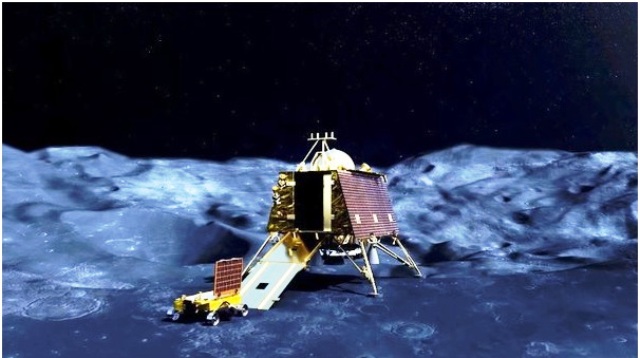
ISRO’s ambitious lunar mission Chandrayaan-2 will send an orbiter, lander, and a rover to explore the moon’s south pole.
The mission is focused on the extensive mapping of the lunar surface for studying variations in its composition and tracing the Moon’s origin and evolution.
Chandrayaan-2’s Vikram lander is expected to land around Sept 6, 2019.
The orbiter will perform the mapping from an altitude of 100 kilometers (62 miles), while the lander – Vikram will make a soft landing on the surface and send out the Rover – Pragyan.
Fact #5

Initially, the Orbiter will orbit the Moon at an altitude of 100 km and provide information about its surface.
The payloads will collect scientific information on lunar topography, mineralogy, elemental abundance, lunar exosphere, and signatures of hydroxyl and water ice.
It carries eight scientific instruments; two of them are improved versions of those flown on Chandrayaan-1.
The Orbiter High-Resolution Camera (OHRC) will conduct high-resolution observations of the landing site prior to the separation of the lander from the orbiter.
OHRC was manufactured by Hindustan Aeronautics Limited for ISRO.
Read More: Siachen Glacier – The Highest Battle Ground on Earth
Fact #6

The Chandrayaan-2 lander Vikram is named after Vikram Sarabhai – founder of the India space program.
The lander Vikram will detach from the orbiter and will descend to a low lunar orbit of 30 km × 100 km (19 mi × 62 mi).
Then it will perform a comprehensive check of the systems before attempting a soft landing. It will deploy the rover and perform scientific activities for approximately 14 days.
Fact #7
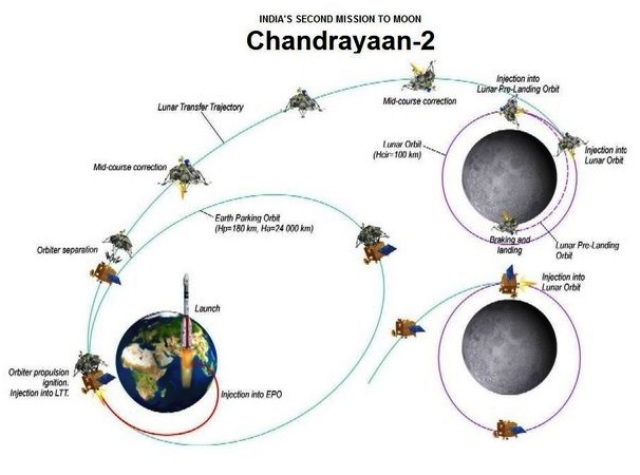
Chandrayaan-2 mission rover is called Pragyan which means Wisdom. It will work on solar power and has a mass of 27 kg (60 lb).
The rover will move on six wheels and will cover a distance of 500 meters on the moon’s surface at a speed of 1cm per second.
It will perform the test and send the data to the lander which will relay it to the control center on Earth.
The operating time of Pragyan is one lunar day or around 14 Earth days as its electronics are not expected to endure the freezing lunar night
Fact #8
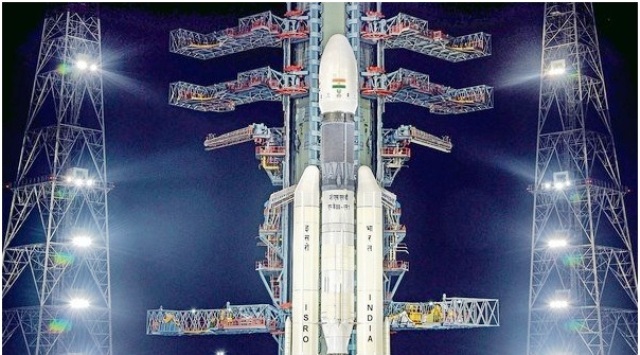
The Chandrayaan-2 mission has an allocated cost of US$141 million (approximately ₹978 crore) which includes ₹603 crore for the space segment and ₹375 crore as launch costs on GSLV Mk III
The US spent $25 billion on the Apollo missions which started in 1961. By today’s standards, that’s over $100 billion.
Chandrayaan-2’s total budget doesn’t even exceed half a billion
Fact #9
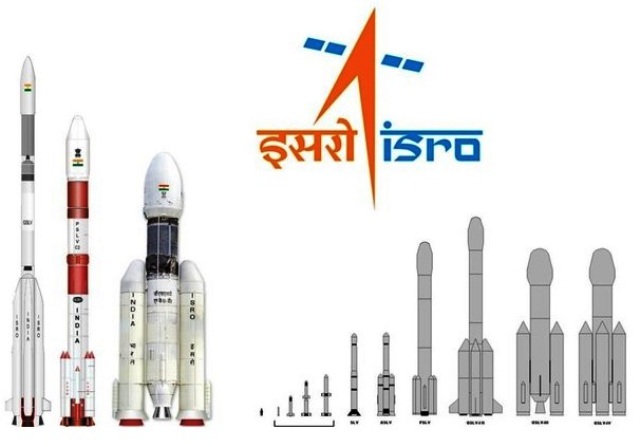
The orbiter reached the Moon’s orbit on 20 August 2019 and began orbital positioning maneuvers for the landing of the Vikram lander.
The lander and the rover were scheduled to land on the near side of the Moon on 6 September 2019.
In the south polar region at a latitude of about 70° and conduct scientific experiments for one lunar day approximately two Earth weeks.
However, Vikram’s lander crashed as it deviated from its intended trajectory while attempting to land on 6 September 2019. The landing failed at the final stages.
The failure Analysis Committee of ISRO concluded that a software glitch was the cause of the failure.
However, the Orbiter has a life duration of 7 years and will continue its mission.
If India could have succeeded at a soft landing on the moon’s surface, it would have become the fourth country in the world to do so, following the US, Russia, and China.
Read More: Largest Longest Highest in India – All Superlatives of India
Fact #10
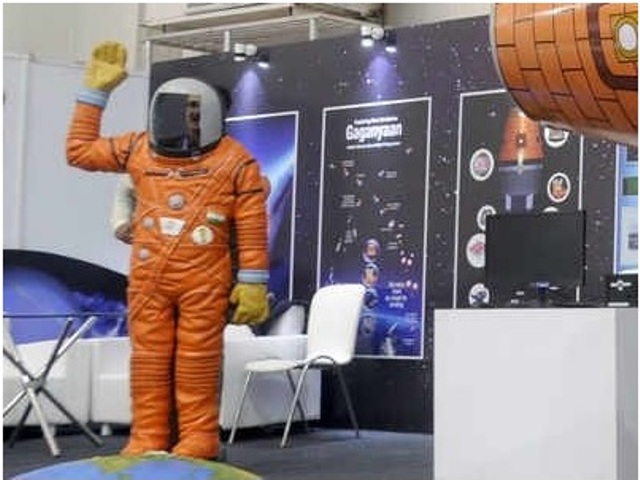
Indian PM Narendra Modi has said that India will send a human into orbit in 2022, via Gaganyaan, India’s crewed orbital spacecraft.
However, it has been delayed due to the COVID-19 pandemic and will not happen until at least 2024
Global eyes are on India because of the low-cost model. A low-cost model and successful soft landing would mean more orbiting deals for the country.
Chandrayaan-3 is a planned third lunar exploration mission by the Indian Space Research Organisation (ISRO).
It will be a mission repeat of Chandrayaan-2 but will only include a lander and rover similar to that of Chandrayaan-2.
It will not have an orbiter, but its propulsion module will behave like a communications relay satellite.
The spacecraft is planned to be launched in the first quarter of 2023. The rocket for the launch of the spacecraft was declared ready and it awaits the module.
Some More Interesting Facts about Chandrayaan-2 Mission
- The rocket GSLV Mk III, also known as “Baahubali” is a 640-tonne rocket Chandrayaan-2 is its third launch and it is also India’s heaviest launcher.
- The total weight of the Chandrayaan-2 is 3,850 kg (8,490 lb).
- As the South Polar Region has craters that are extremely cold and everything here is frozen thus the fossil of these craters can reveal information about the early Solar System.
- Chandrayaan-2 will also do 3D mapping of the topography of the South Polar Region and will determine its elemental composition and seismic activity.
- The mission is the first Indian expedition to attempt a soft landing on the lunar surface and explore lunar terrain with indigenous technology.
- A total number of 38 soft landing attempts have been made by space agencies in the world to soft-land on the moon, so far. The success rate is 52 percent.
- Engineering models of the lander began undergoing ground and aerial tests in late October 2016, in Challakere in the Chitradurga district of Karnataka. ISRO created roughly 10 craters on the surface to help assess the ability of the lander’s sensors to select a landing site
- Two aft wheels of the rover have the ISRO logo and the State Emblem of India embossed on them to leave behind patterned tracks on the lunar surface which is used to measure the exact distance traveled, also called visual odometry.
- Chandrayaan-2 will attempt to soft-land the lander -Vikram and rover- Pragyan in a high plain between two craters, Manzinus C and Simpelius N, at the latitude of about 70° south.



